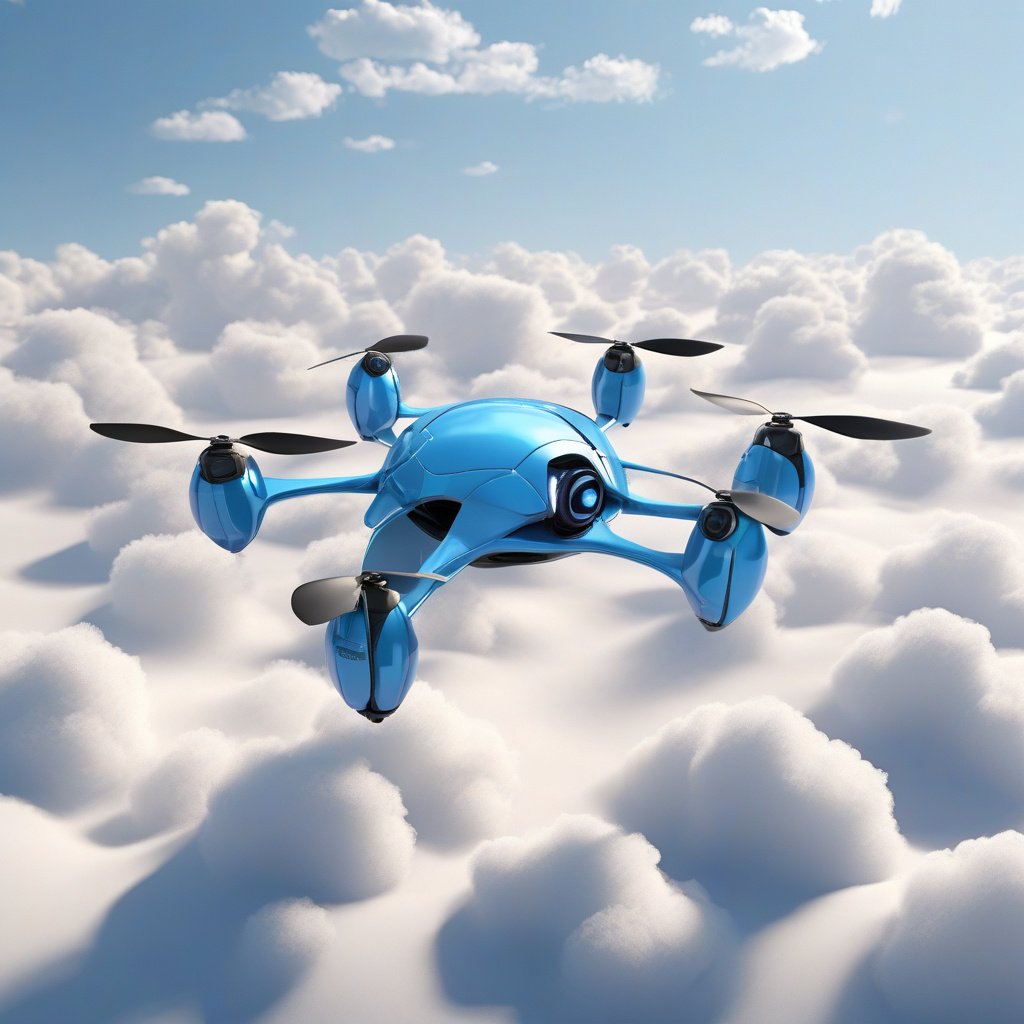Tiny Monorotor Drone Sets 26-Min Flight Record with Nature-Inspired Design
Scientists in Singapore have made a groundbreaking achievement after they developed a tiny maple seed-inspired monorotor drone that has set a remarkable 26-minute flight record. This innovative drone, which draws inspiration from nature, particularly the maple seed’s aerodynamic design, showcases the incredible potential of biomimicry in advancing drone technology.
The tiny monorotor drone, designed by a team of researchers from the National University of Singapore, features a single rotating wing that enables it to achieve both lift and thrust efficiently. Mimicking the autorotation mechanism of a maple seed, the drone’s design allows it to spin and generate lift as it descends, maximizing its flight time and endurance. This nature-inspired approach not only enhances the drone’s performance but also significantly extends its flight capabilities, as demonstrated by its record-setting 26-minute flight.
The success of this tiny monorotor drone highlights the importance of looking to nature for innovative solutions to complex engineering challenges. By studying the flight mechanisms of maple seeds, which have evolved over millions of years to achieve optimal aerodynamic efficiency, scientists were able to design a drone that pushes the boundaries of traditional rotorcraft technology. This bio-inspired approach not only improves the drone’s flight performance but also contributes to the development of more sustainable and energy-efficient aerial vehicles.
In addition to its impressive flight capabilities, the tiny monorotor drone also offers exciting possibilities for various applications, ranging from surveillance and monitoring to search and rescue missions. Its compact size, agility, and extended flight time make it well-suited for navigating challenging environments and performing tasks that would be impractical for larger, conventional drones. With further advancements and refinements, this nature-inspired drone could revolutionize industries such as agriculture, infrastructure inspection, and environmental conservation.
The success of the tiny monorotor drone serves as a testament to the power of biomimicry in driving innovation and shaping the future of technology. By drawing inspiration from the natural world and applying its principles to engineering design, scientists and engineers can overcome technical barriers, improve performance, and unlock new possibilities in drone development. As we continue to explore the vast potential of bio-inspired design, we are likely to see more groundbreaking achievements that push the boundaries of what is possible in the ever-evolving field of aerial robotics.
In conclusion, the tiny monorotor drone’s 26-minute flight record stands as a remarkable feat of engineering ingenuity and biomimicry. By harnessing the aerodynamic principles of nature, this innovative drone has demonstrated the immense potential of bio-inspired design in transforming drone technology. As we look to the future, the lessons learned from nature are sure to inspire further innovations that will shape the next generation of drones and propel us towards a more sustainable and efficient future.
#MonorotorDrone, #NatureInspiredDesign, #Biomimicry, #DroneTechnology, #AerialRobotics












